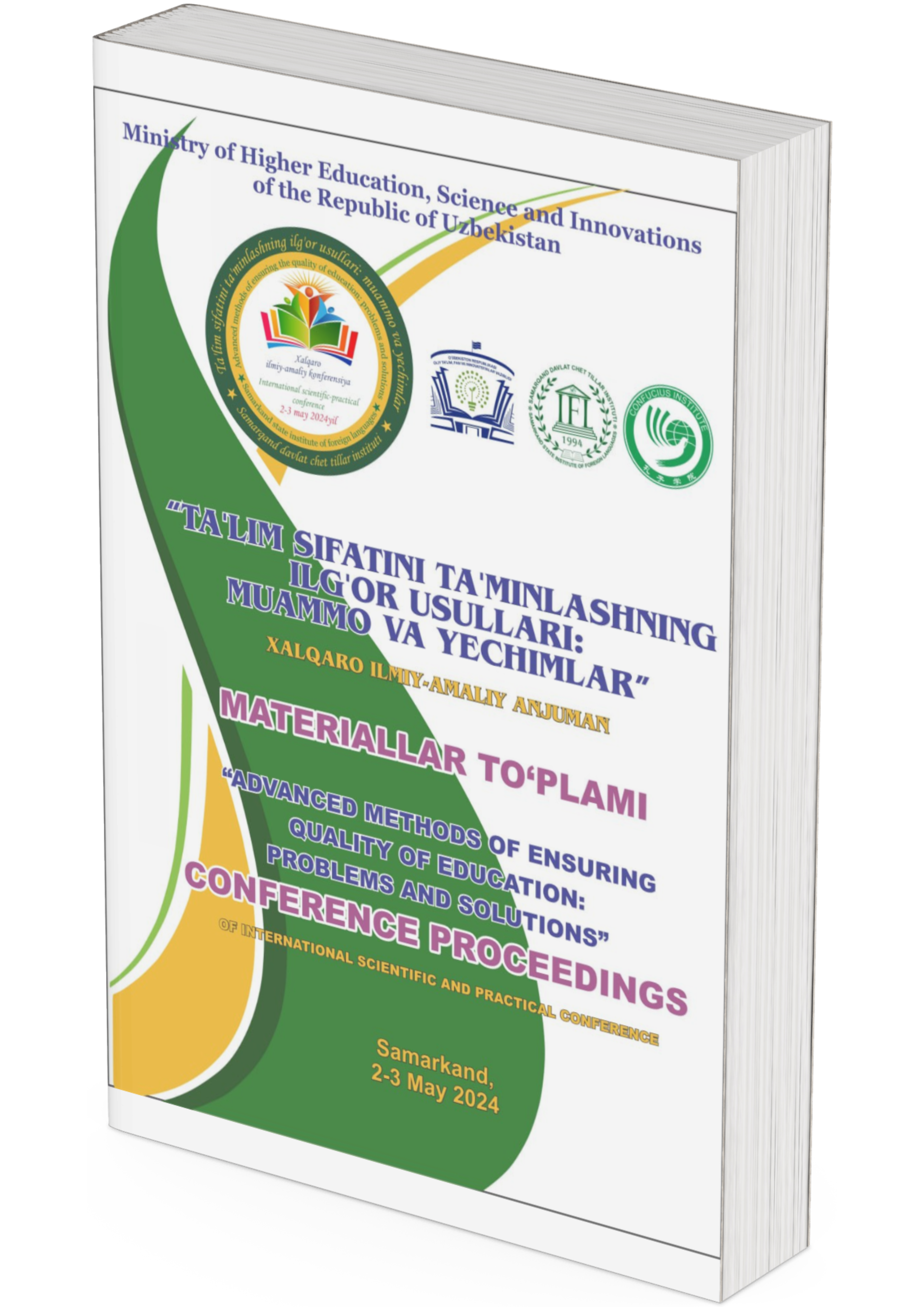IMPROVING LISTENING SKILLS OF YOUNG LEARNERS WORKING WITH AUDIO MATERIALS
DOI:
https://doi.org/10.2024/jnrqwz49Keywords:
Listening skills, Young learners, Audio materials, Educational strategies, Active engagement, Interactive exercises, Narrative-based activities, Gamification, Comprehension, Vocabulary acquisition, Language proficiency enhancement, Technology integration Multimodal instruction, Diverse learning styles, Instructional methodologiesAbstract
This article emphasizes the critical role of audio materials in improving the listening skills of young learners within educational contexts. It explores a range of strategies and approaches that educators can utilize to foster active listening engagement among students, including interactive exercises, narrative-based activities, and gamification techniques. Additionally, it underscores the multifaceted benefits of integrating audio resources into the curriculum, such as bolstered comprehension, enriched vocabulary acquisition, and holistic language proficiency enhancement. Furthermore, the article examines the evolving landscape of technology and its potential to augment audio-based learning experiences, while providing actionable insights for educators on effectively selecting and incorporating audio materials into their lesson plans. In addressing diverse learning styles, the article suggests tailoring audio materials to accommodate auditory learners while also providing visual supports for those who benefit from multimodal instruction. By emphasizing the paramount importance of prioritizing listening skill development in early education, this article serves as a valuable resource for educators seeking to optimize their instructional methodologies in this crucial domain.
References
Brown, G., & Yule, G. (1983). Teaching the Spoken Language: An Approach Based on the Analysis of Conversational English. Cambridge University Press.
Field, J. (2008). Listening in the Language Classroom. Cambridge University Press.
Flowerdew, J., & Miller, L. (Eds.). (2005). Second Language Listening: Theory and Practice. Cambridge University Press.
Mendelsohn, D. J. (1998). Teaching Listening. Annual Review of Applied Linguistics, 18, 81–101.
Nunan, D. (1999). Second Language Teaching & Learning. Heinle & Heinle Publishers.
Richards, J. C., & Schmidt, R. (2010). Longman Dictionary of Language Teaching and Applied Linguistics (4th ed.). Routledge.
Rost, M. (2002). Teaching and Researching Listening. Pearson Education Limited.
Underhill, A. (1987). Testing Spoken Language: A Handbook of Oral Testing Techniques. Cambridge University Press.
Ur, P. (1984). Teaching Listening Comprehension. Cambridge University Press.
Vandergrift, L. (2007). Recent Developments in Second and Foreign Language Listening Comprehension Research. Language Teaching, 40(3), 191–210.
Oybekovna U. S. et al. The use of method maria montessori and its impacts on children’s learning language ability in English language // Italy" actual problems of science and education in the face of modern challenges". – 2023. – Т. 14. – №. 1.
Oybekovna U. S. et al. The use of technology in the classroom // Italy" actual problems of science and education in the face of modern challenges". – 2023. – Т. 14. – №. 1.
Downloads
Published
Conference Proceedings Volume
Section
License
Copyright (c) 2024 Sabina Erkinova (Author)

This work is licensed under a Creative Commons Attribution 4.0 International License.









